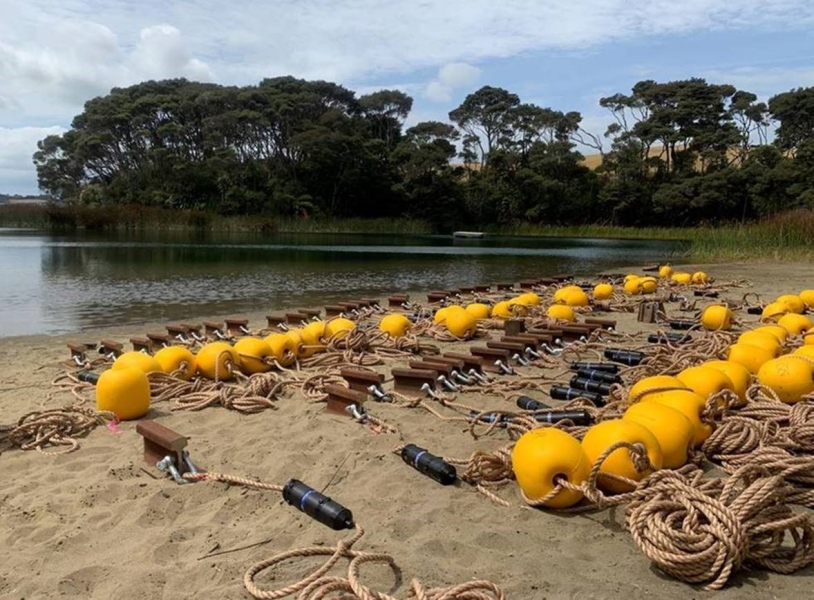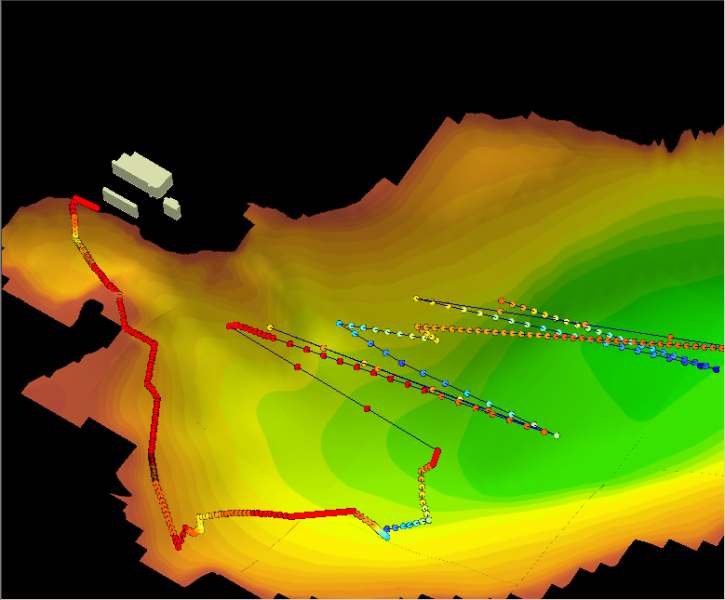Radio and acoustic tracking of fish (or any animal) allows the movement and activity of animals to be recorded over the life of the transmitter (battery size dependent).
Acoustic and radio tags are termed active tags as they transmit a signal at set intervals for the life of the battery. As they contain a battery the physical size of the tag is larger than passive tags. Therefore, the size or life stage of the fish can limit the use of this technology, especially across longer time periods (greater than 8 months). The tags can either surgically implanted into the body cavity or externally attached to a fish.
Detection distance tend to be site specific but can be hundreds of metres or over a kilometre. Once a fish is tagged, it can be located and identified by a hand-held tracker or it can be automatically recorded by a static logging device. Movement in 2D and even 3D space is possible with an array of receivers.
Acoustic and radio tracking is used by NIWA for a variety of applications, including investigating fish migrations, long and short-range movements and identifying critical life stage habitats necessary for different species to feed, grow and reproduce. Projects to date have focused on tracking eels (tuna), lamprey (piharau/kanakana), giant kokopu, perch, catfish, trout and salmon.



